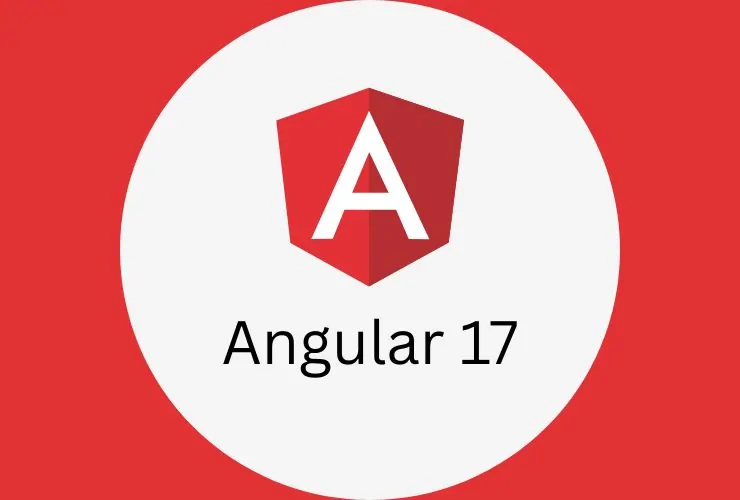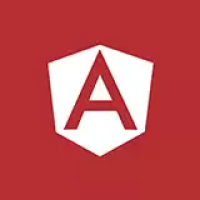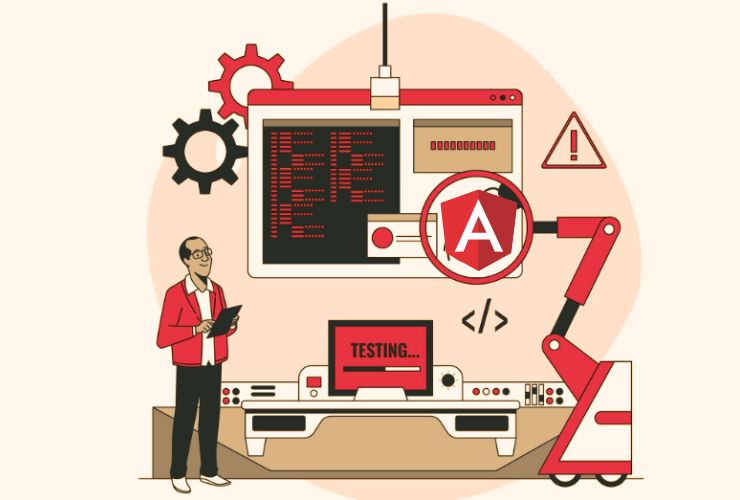One of the strongest and most widely used front-end frameworks, Angular only gets better with every new version. Adding Angular 17 simply reinforces Google’s vision of web development today with a raft of groundbreaking features. The emphasis with this release has been on enhanced performance, better developer experience, and moving toward a more reactive architecture.
Regardless of whether you’re an experienced Angular veteran or a total newbie on your front-end adventure, Angular 17 has features that will revolutionize your productivity and apps’ performance.
Here in this article, we’ll reveal the top Angular 17 features, discuss how they enhance developers’ life, and introduce what Angular devs can expect next.
Key Features in Angular 17
1. Signals Are Now Stable
Among the most highly anticipated of Angular 17’s features is the stabilization of Signals. Signals are a indication that Angular is moving towards a more reactive paradigm. Signals allow developers to construct reactive data sources more easily with less boilerplate and overhead than Observables. With Signals, you can declaratively specify dependencies among data and have the UI update automatically when the data changes—without being required to handle subscriptions or change detection manually.
This release brings Angular nearer to the style of modern frameworks like SolidJS and React, and makes it easier to build maintainable, high-performance UIs. Signals remove the reactivity overhead and add a new level of clarity to your component logic.
2. New Control Flow Syntax (if / for)
Angular 17 brings a new, more intuitive, and cleaner template syntax with native control flow blocks such as @if and @for. These were not available in previous versions of Angular, and these structural directives such as *ngIf and *ngFor made the templates cumbersome and difficult to read and reason about.
3. Declarative Lazy Loading Built-in
Angular 17 offers native declarative lazy loading, which makes routes easier to load in large-scale applications. Lazy loading was previously linked to routing setup boilerplate code. Declarative lazy-loaded components may now be defined in templates and routing configurations through a neater and simpler means.
This aspect helps developers create faster-loading apps by reducing the size of the initial bundle. It also makes code splitting easier, promoting better performance and scalability throughout projects.
4. View Transitions API Integration
The View Transitions API, now available in Angular 17, allows for seamless and aesthetically pleasing page and element transitions. This native browser API makes it easier for developers to construct smooth animations between states, views, or routes with minimal overhead.
Instead of relying on third-party libraries or custom animation logic, Angular developers can now integrate transitions into their apps using plain techniques. This feature enhances user experience and opens up creative possibilities for dynamic UIs.
5. Improved Server-Side Rendering (SSR) and Static Site Generation (SSG)
Angular 17 raises the bar on SSR and SSG functionality. With improved hydration, less boilerplate, and improved APIs, it’s now simpler to develop SEO-friendly, high-performance applications with server pre-rendering of content.
It is particularly valuable for organizations that need search engine visibility and fast first-load performance. Enhancements to Angular Universal, as well as hybrid rendering strategy support, give developers flexible options in developing modern web applications.
Tooling Improvements in Angular 17
Angular 17 also introduces several improvements to its tooling stack:
- Faster Build Times: Through better Vite integration and better support for new build tools, Angular applications build faster than ever before.
- Improved Type Checking: Type checking enhancements lead to more robust apps and easier debugging.
- New Angular CLI: The CLI includes new improved default settings, improved prompts, and more thoughtful error handling so that developers find it easier to scaffold and deal with projects.
- Developer Tools Updates: Improvements to Angular DevTools offer richer inspection, improved signal tracking, and further performance monitoring features.
These enhancements streamline the development process, eliminate hours spent on setup, and allow developers to work more on creating features.
What to Expect in the Future
Angular’s roadmap indicates a definitive direction towards contemporary, modular, and reactive web development. Signals’ adoption is merely the first step. With Angular evolving, we can look forward to still more enhancements in reactivity, closer integration with the browser’s native features, and less boilerplate code.
Future releases will likely continue to expand declarative syntax usage, simplify server rendering patterns, and continue to embrace Vite, esbuild, and other modern ecosystem standards. All of these indicate a framework that can keep pace while still being able to support large enterprise-level applications.
Final Thoughts
Angular 17 is the most significant milestone in the creation of the framework. With a tight focus on developer ergonomics, stability, and performance, Google has presented Angular as an enterprise-grade, future-proof answer for both small startups and enterprises.
For developers already using Angular, version 17 is a no-brainer—it’s neater code, better performance, and fresher syntax. For developers deciding on a framework for a new project, Angular 17 is an appealing mix of productivity, scalability, and innovation.
The ride doesn’t stop here. With each new release, Angular further welcomes change and shapes the future of web development.














